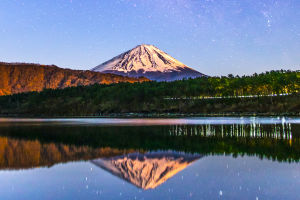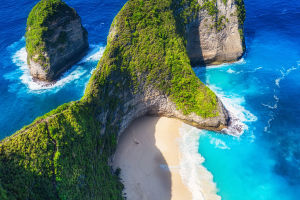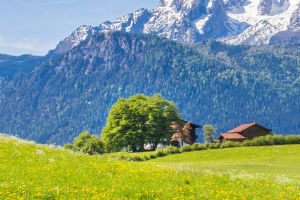The Lofoten's Aurora
Hello, dear Lykkers!
Welcome to the ultimate guide for witnessing the magical Northern Lights in the enchanting Lofoten Islands!
These islands in the Arctic Circle, with their rugged peaks, sheltered bays, and vibrant culture, provide a perfect backdrop for an aurora boreale adventure. So... are you interested in this mesmerizing travel? Get ready to know more and completely fall in love with it!
How to Get There
Reaching the Lofoten Islands involves some planning but is absolutely worth it. You can fly into Oslo and then take a domestic flight to Harstad/Narvik Airport (Evenes).
From there, rent a car and drive to the islands following the E10 highway, which connects the Lofoten Islands. Alternatively, you can take a ferry from Bodø to Moskenes, which is a scenic and popular route.
If you choose to go by ferry, it is operated by Torghatten Nord and the trip is approximately 3 hours. The cost for a one-way ticket varies depending on the season and the type of vehicle you are bringing (always check with the customer center!).
Adults (one way): Around 275 NOK
Children (4-15 years old, one way): Around 135 NOK
Cars (up to 6 meters, one way): Around 885 NOK
When to see the Northern Lights
The best time to witness the Northern Lights in the Lofoten Islands is from late September to mid-April with the peak viewing period being usually from December to February. During these months, the long nights and clear skies increase your chances of seeing the Northern Lights. Remember to find a spot away from artificial lights, let your eyes adjust to the darkness, and look north.
Reine:
Although Lofoten Islands offer multiple amazing places to enjoy the Northern Light, Reine, on the island of Moskenesøya, is just too perfect to miss. Reine is one of the most picturesque villages in Norway, known for its dramatic landscapes, red and white fishermen's cabins (rorbuer), and stunning fjord views. It’s a prime location for photographers and nature enthusiasts! The reflections of the aurora on the water can be particularly spectacular here.
How to Get To Reine (specifically):
By Car: From Moskenes ferry terminal, drive north for about 10 kilometers on the E10 to reach Reine.
By Public Transport: Regular buses run between Å (near the ferry terminal) and Reine, making it easily accessible.
Good to know:
Accessibility: Reine is relatively accessible compared to some of the more remote areas in Lofoten. This makes it easier to reach by car or public transport, while still providing a sense of being away from the busier tourist spots.
However, while Reine is more accessible than some remote areas, it still has limitations. Many traditional rorbuer and older buildings might not be fully wheelchair accessible.
Traffic: Reine is very small with only 314 inhabitants, therefore, traffic in Reine is usually light, especially outside the peak tourist season. The village is small, so congestion is rarely an issue.
Fishing: Reine is a traditional fishing village, and visitors can learn about the local fishing industry or take part in fishing tours, which is something you have to try if you go so far!
Dining recommendation:
Gammelbua Restaurant
If you are looking for a charming and cozy atmosphere, this restaurant is perfect for you. Located in a historic building that was once the general store for Reine's fishing community, it offers an authentic Lofoten experience.
A must-try unique taste of local culture is the stockfish (dried cod), a traditional Norwegian dish prepared with locally sourced cod, reflecting the region's rich fishing heritage. In particular, try the fried stockfish dumpling, which has interesting flavors with something new!
Estimated cost: 250-400 NOK per person
Address: Reineveien 165, 8390 Reine
Opening hours: 12:00 PM - 10:00 PM (hours may vary seasonally)
Useful Tips and Guidance
Dress Warmly: During winter, at nighttime temperatures in the Lofoten Islands typically range from around -1°C to -5°C (30°F to 23°F), best is to layer up with thermal clothing, a windproof and waterproof outer layer, and insulated boots. Don’t forget gloves, a hat, and a scarf!!
Camera Tips: Use a tripod, a camera with manual settings, and a wide-angle lens. Set a long exposure time and a high ISO for the best results.
Stay Updated: Use apps like “Aurora Forecast” for real-time alerts on aurora activity and cloud coverage.
The Lofoten Islands are a treasure trove of natural beauty and cultural richness, making them an ideal destination for a memorable adventure under the Northern Lights.
Happy travels and may your nights be filled with the dance of the Northern Lights!


